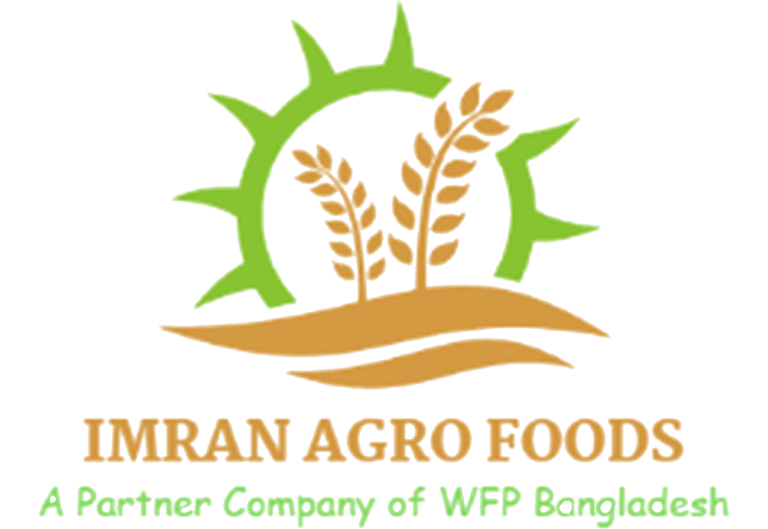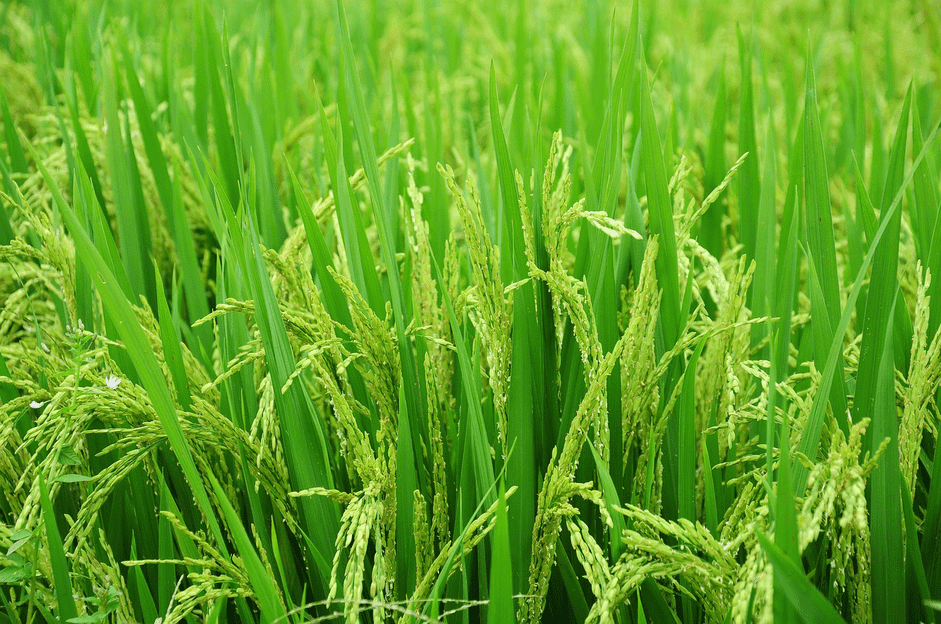
Imran Agro Foods is partner company of World Food Programme Bangladesh. We collaborate with WFP Bangladesh and governments to supply Fortified Rice in low-income populations over the country since 2008. We also export Fortified Rice in the third World Countries including Bhutan, Nepal etc with collaboration between WFP and Government. We are provided with technical support and equipment to fortify rice according to international standards.
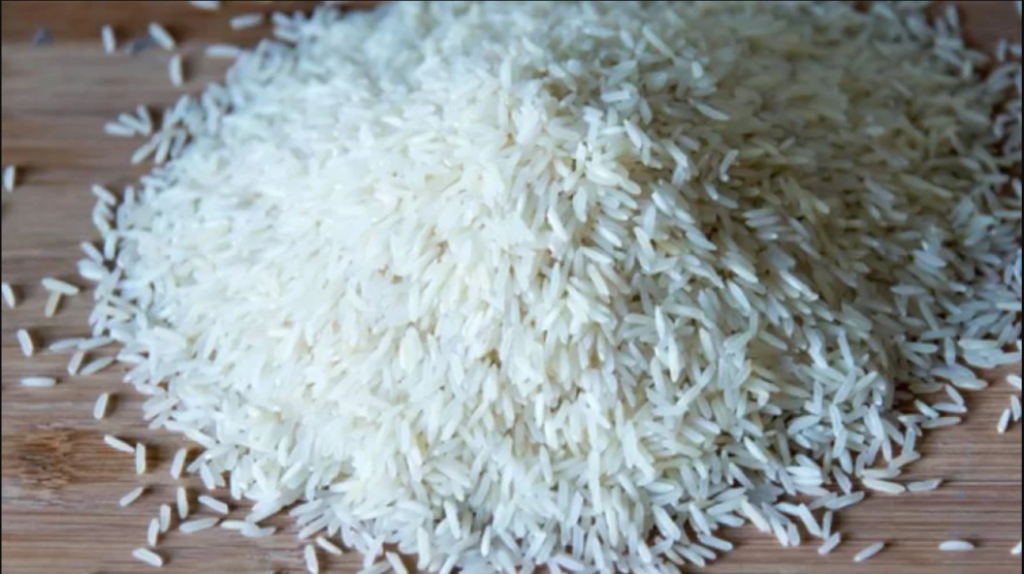
Fortified Rice
Fortified rice is regular rice that has been enhanced with essential vitamins and minerals to address micronutrient deficiencies, which are particularly prevalent in populations with limited access to diverse diets. This fortification process helps combat malnutrition by providing a source of essential nutrients in a staple food that is widely consumed.
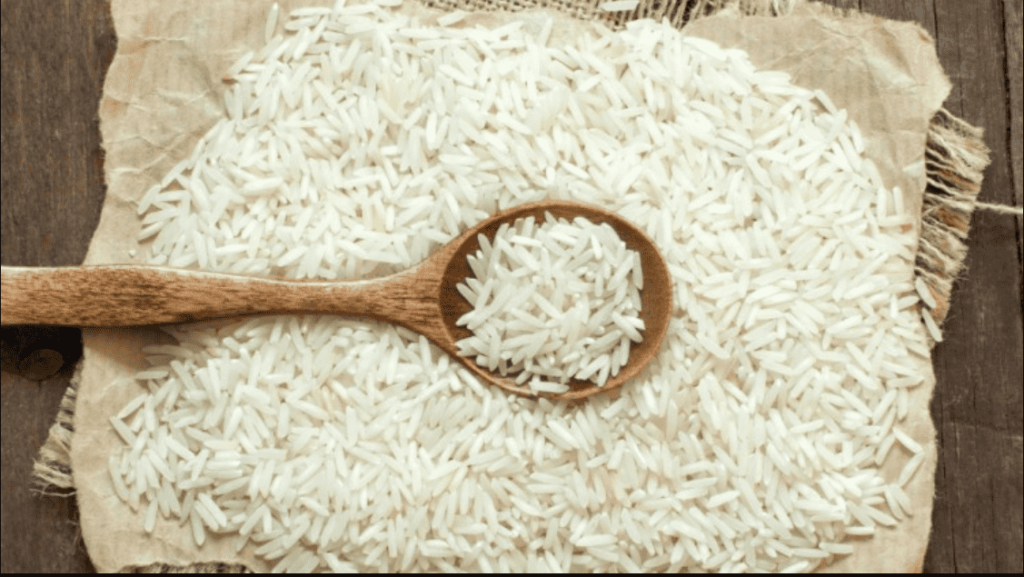
Nutrients Commonly Added
- Iron: Helps combat anemia and improves overall energy levels.
- Folic Acid: Essential for pregnant women to prevent birth defects.
- Vitamin A: Supports vision and immune function.
- Zinc: Crucial for immune system function and wound healing.
- B Vitamins (e.g., B1, B3, B6, B12): Important for energy production and overall metabolic function.
Fortification Process
There are several methods used to fortify rice:
- Coating: Rice grains are coated with a micronutrient powder mixed with waxes or gums that act as a protective layer, ensuring that the nutrients stick to the grains during cooking.
- Dusting: This method involves dusting rice grains with a micronutrient powder. However, the nutrients may wash away during rinsing or cooking, making this method less effective.
- Extrusion: One of the most common methods, extrusion involves mixing rice flour with vitamins and minerals, then reconstituting it into rice-shaped kernels. These fortified kernels are then blended with regular rice at a ratio, usually 1:50 or 1:100, depending on the desired nutrient levels.
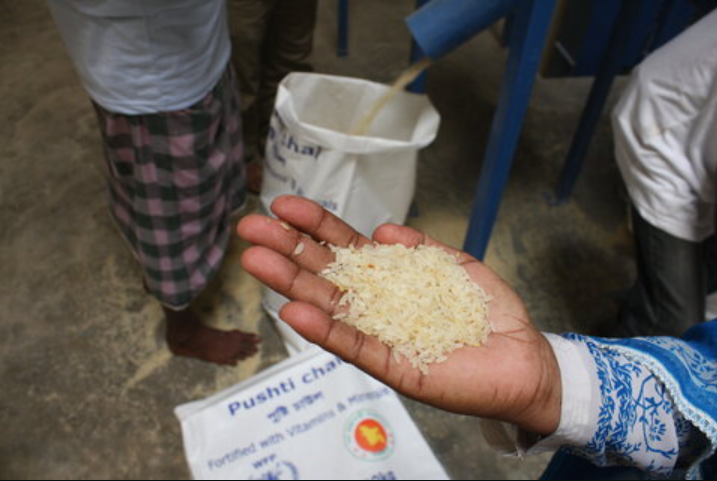
Benefits of Fortified Rice
- Combats Micronutrient Deficiencies: Fortified rice helps to reduce the prevalence of conditions like anemia, stunting, and other nutrition-related health issues.
- Widely Acceptable: As rice is a staple food in many countries, fortifying it ensures that large segments of the population receive essential nutrients without changing their dietary habits.
- Scalable Solution: Fortified rice can be produced and distributed on a large scale, making it an effective solution for addressing malnutrition in both urban and rural areas.
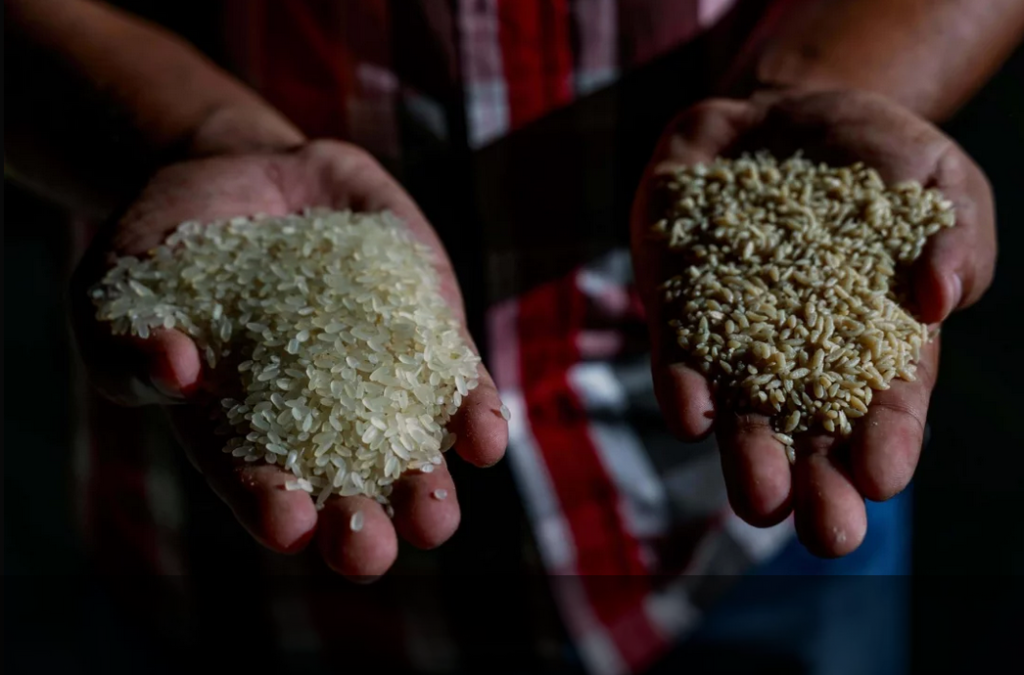
Challenges
- Cost: The initial setup for rice fortification, including purchasing equipment and securing the necessary nutrients, can be expensive.
- Consumer Acceptance: Changes in taste, texture, or appearance can affect consumer acceptance, though extrusion methods generally produce rice that closely resembles regular rice.
- Logistics: Ensuring that fortified rice reaches all segments of the population, particularly in remote or impoverished areas, requires an effective distribution system.
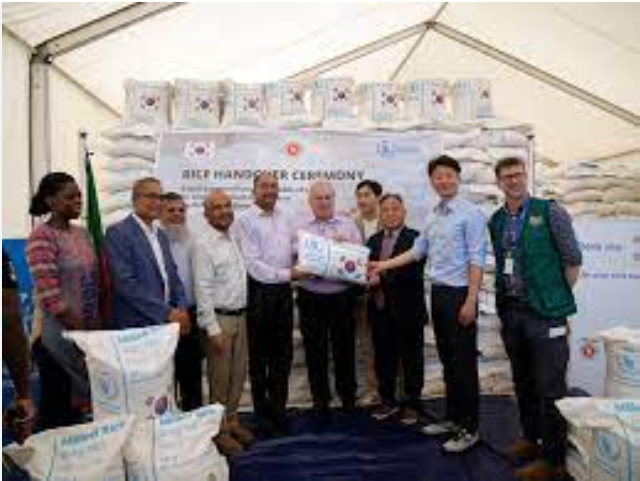
Implementation and Programs
Fortified rice is often distributed through government food programs, school feeding programs, and emergency food aid. In countries like India and Bangladesh, fortified rice is part of public distribution systems aimed at reaching vulnerable populations, such as low-income families, pregnant women, and school children.
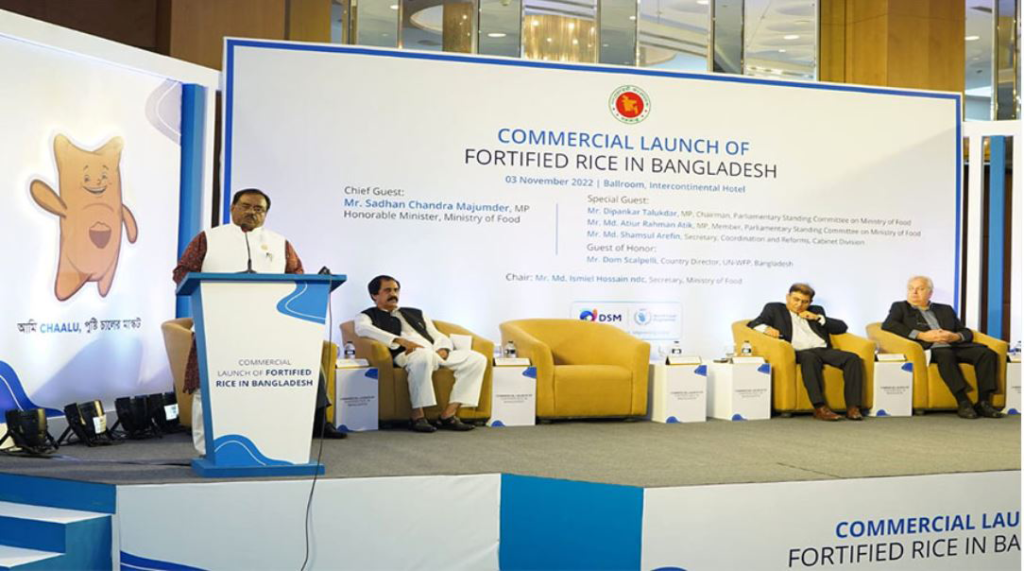
Global Impact
Fortified rice has been recognized as a key intervention in global efforts to combat malnutrition. Organizations like the World Food Programme (WFP) and various national governments have incorporated fortified rice into their nutrition strategies, contributing to improved health outcomes in many countries.
